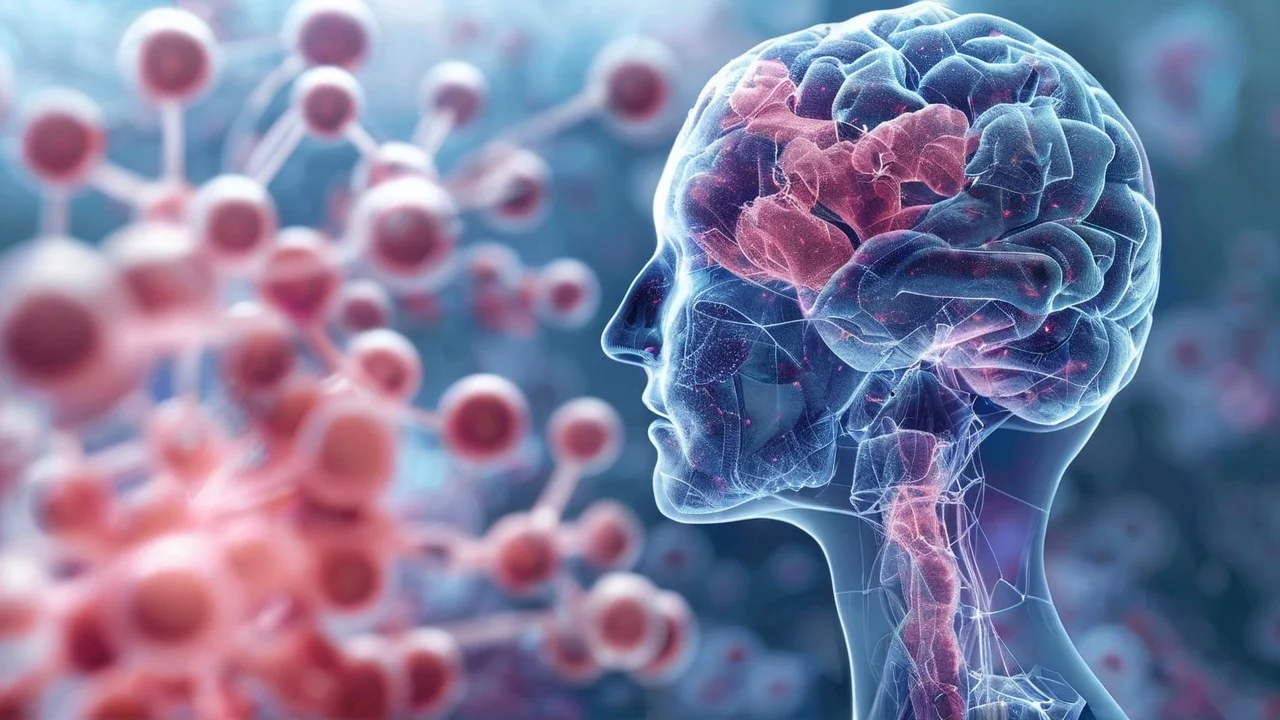Alzheimer’s disease is one of the most challenging neurodegenerative disorders, affecting millions globally and posing severe health, emotional, and economic burdens. Recent advancements in medicine and biotechnology have brought about promising treatment options, among which ADN-237 stands out as a novel compound in development that offers hope for patients and caregivers alike. This article delves into the mechanisms, efficacy, and clinical implications of ADN-237, shedding light on its potential to revolutionize Alzheimer’s treatment and provide relief to those affected by this debilitating disease.
What is ADN-237?
ADN-237 is an experimental drug being developed as a treatment for Alzheimer’s disease. By focusing on a unique mechanism of action, ADN-237 targets the pathological processes associated with neurodegeneration, aiming to improve cognitive function and slow the progression of Alzheimer’s disease. Although still undergoing research and clinical trials, ADN-237 has shown promising results in preclinical studies.
The Mechanism of ADN-237 in Treating Alzheimer’s Disease
One of the most compelling aspects of ADN-237 is its mechanism of action, which differentiates it from other Alzheimer’s drugs. Unlike traditional treatments that address symptoms, ADN-237 is designed to interact directly with neural pathways involved in the disease’s progression.
ADN-237 works by reducing amyloid plaques and neurofibrillary tangles in the brain, two primary hallmarks of Alzheimer’s. By targeting these abnormal protein aggregates, ADN-237 aims to minimize the toxic effects they have on neural cells, ultimately preserving cognitive functions for a longer period.
Comparing ADN-237 to Other Alzheimer’s Treatments
Alzheimer’s disease has proven particularly resistant to treatment, with only a few FDA-approved drugs available that primarily address symptoms rather than root causes. Drugs like Donepezil and Rivastigmine act as cholinesterase inhibitors, improving neurotransmitter function but not altering the disease’s course. In contrast, ADN-237 is part of a new wave of disease-modifying therapies that aim to alter the progression of Alzheimer’s.
The advantages of ADN-237 over traditional drugs include:
- Reduced Cognitive Decline: ADN-237 has shown potential in slowing the rate of cognitive decline, rather than only masking symptoms.
- Targeted Action: By addressing the disease’s underlying causes, ADN-237 offers a more specific therapeutic approach.
- Potential Neuroprotection: ADN-237 has also shown indications of protecting neural tissue, a property not found in current symptomatic treatments.
The Science Behind ADN-237: A Deep Dive
The development of ADN-237 leverages advanced molecular biology techniques to precisely identify and target the pathways involved in Alzheimer’s pathology. Through in-depth research, scientists discovered that by modulating specific enzymes and protein formations, ADN-237 could significantly impact the formation of amyloid plaques and tau tangles.
- Amyloid Beta Clearance: ADN-237 accelerates the removal of amyloid beta, a protein fragment that aggregates and disrupts neural communication in Alzheimer’s patients.
- Tau Protein Stabilization: By preventing tau proteins from misfolding, ADN-237 aims to stabilize these proteins, maintaining the integrity of neurons and reducing neuroinflammation.
- Antioxidant Properties: Research suggests that ADN-237 may have antioxidant properties, which help combat oxidative stress, a contributor to neuronal damage in Alzheimer’s disease.
Clinical Trials and Efficacy of ADN-237
To date, ADN-237 has shown considerable promise in animal studies, and early-phase human trials have been encouraging. The drug is currently in Phase II clinical trials, where its efficacy and safety in humans are rigorously assessed. Initial data suggests that ADN-237 can lead to measurable improvements in cognitive function and delay the progression of symptoms, though long-term data are still forthcoming.
Potential Side Effects and Safety Concerns of ADN-237
As with any experimental drug, the potential side effects of ADN-237 are carefully monitored. While initial trials have shown relatively mild side effects such as dizziness, nausea, and headaches, researchers remain cautious as the drug progresses through further stages of testing. Ongoing trials aim to identify any long-term risks associated with regular use of ADN-237, especially given the complexity of treating neurodegenerative diseases.
ADN-237 and Patient Outcomes
The ultimate goal of ADN-237 is to improve the quality of life for Alzheimer’s patients by delaying the onset of severe cognitive and functional decline. For patients, even modest improvements in cognitive function can have a significant impact on their independence and overall well-being. Caregivers, too, may benefit from ADN-237’s potential to reduce the intensity of care required as the disease progresses.
Challenges and Limitations in Developing ADN-237
While ADN-237 has shown great potential, several challenges remain in its development. Some of the critical limitations include:
- High Development Costs: Developing drugs like ADN-237 requires substantial investment in research and clinical trials, which can delay their availability on the market.
- Complexity of Alzheimer’s Disease: Alzheimer’s is a multifactorial disease with various underlying causes. Targeting all pathways effectively remains a challenge.
- Patient Variation: Alzheimer’s patients can have varying responses to treatment due to genetic factors and comorbidities, which makes developing a universal treatment difficult.
Future of ADN-237 in Alzheimer’s Treatment
The outlook for ADN-237 appears promising, especially given the limited options currently available for Alzheimer’s patients. If further trials confirm its efficacy and safety, ADN-237 could become a cornerstone treatment for Alzheimer’s, opening the door to additional breakthroughs in neurodegenerative disease management.
FAQs
What is the mechanism of ADN-237?
ADN-237 targets the accumulation of amyloid plaques and tau tangles in the brain, which are key factors in Alzheimer’s pathology. By reducing these protein accumulations, ADN-237 aims to slow down cognitive decline.
How does ADN-237 compare to current Alzheimer’s treatments?
Unlike existing drugs, which primarily alleviate symptoms, ADN-237 is designed to address the disease’s progression by targeting its underlying causes.
Is ADN-237 safe?
Early trials have shown that ADN-237 has a generally mild side effect profile, though further testing is necessary to fully confirm its long-term safety.
What stage of clinical testing is ADN-237 currently in?
ADN-237 is in Phase II clinical trials, where researchers are focused on its efficacy and safety in human patients.
When will ADN-237 be available on the market?
If ongoing trials prove successful, ADN-237 may become available within the next several years, though the exact timeline depends on regulatory approvals.
Can ADN-237 cure Alzheimer’s?
Currently, there is no cure for Alzheimer’s, and while ADN-237 may slow progression, it is not anticipated to completely halt or reverse the disease.
Conclusion
ADN-237 represents a hopeful advancement in the field of Alzheimer’s treatment, offering the potential to address the disease more effectively than existing therapies. As a disease-modifying therapy, ADN-237 could pave the way for better patient outcomes, providing much-needed relief for those affected by Alzheimer’s and their caregivers. With continued research and clinical validation, ADN-237 may soon emerge as a vital tool in the fight against one of the most devastating neurodegenerative diseases, potentially transforming Alzheimer’s care as we know it.











